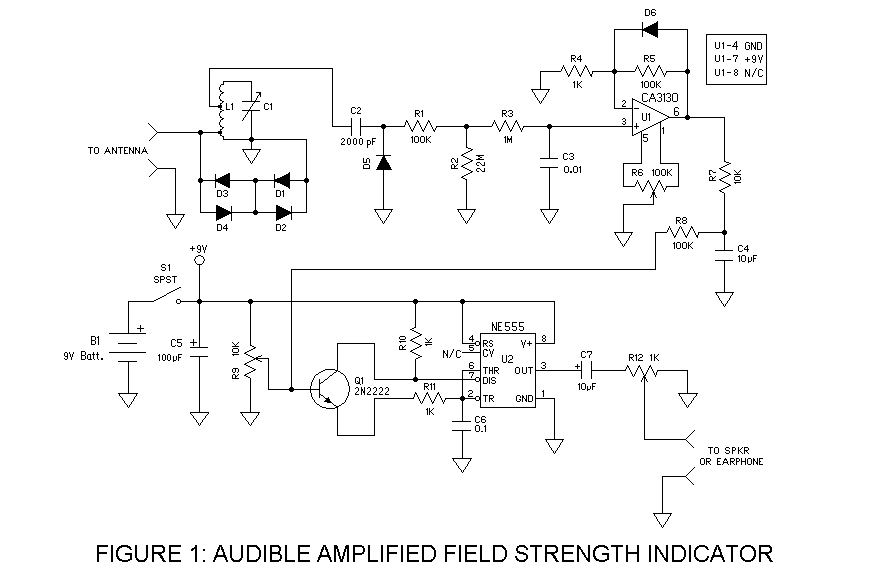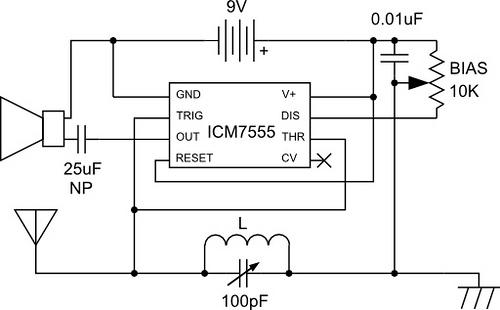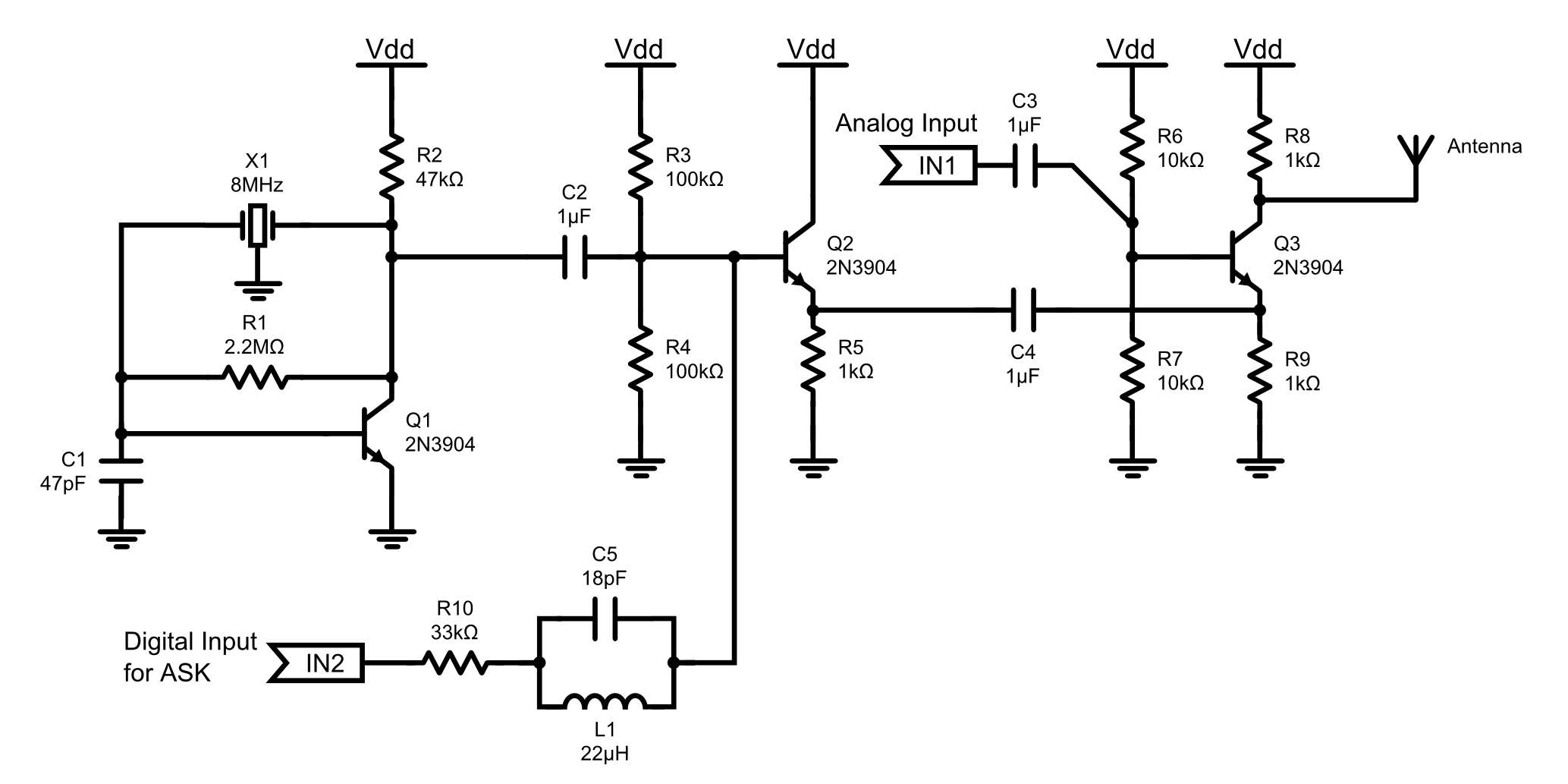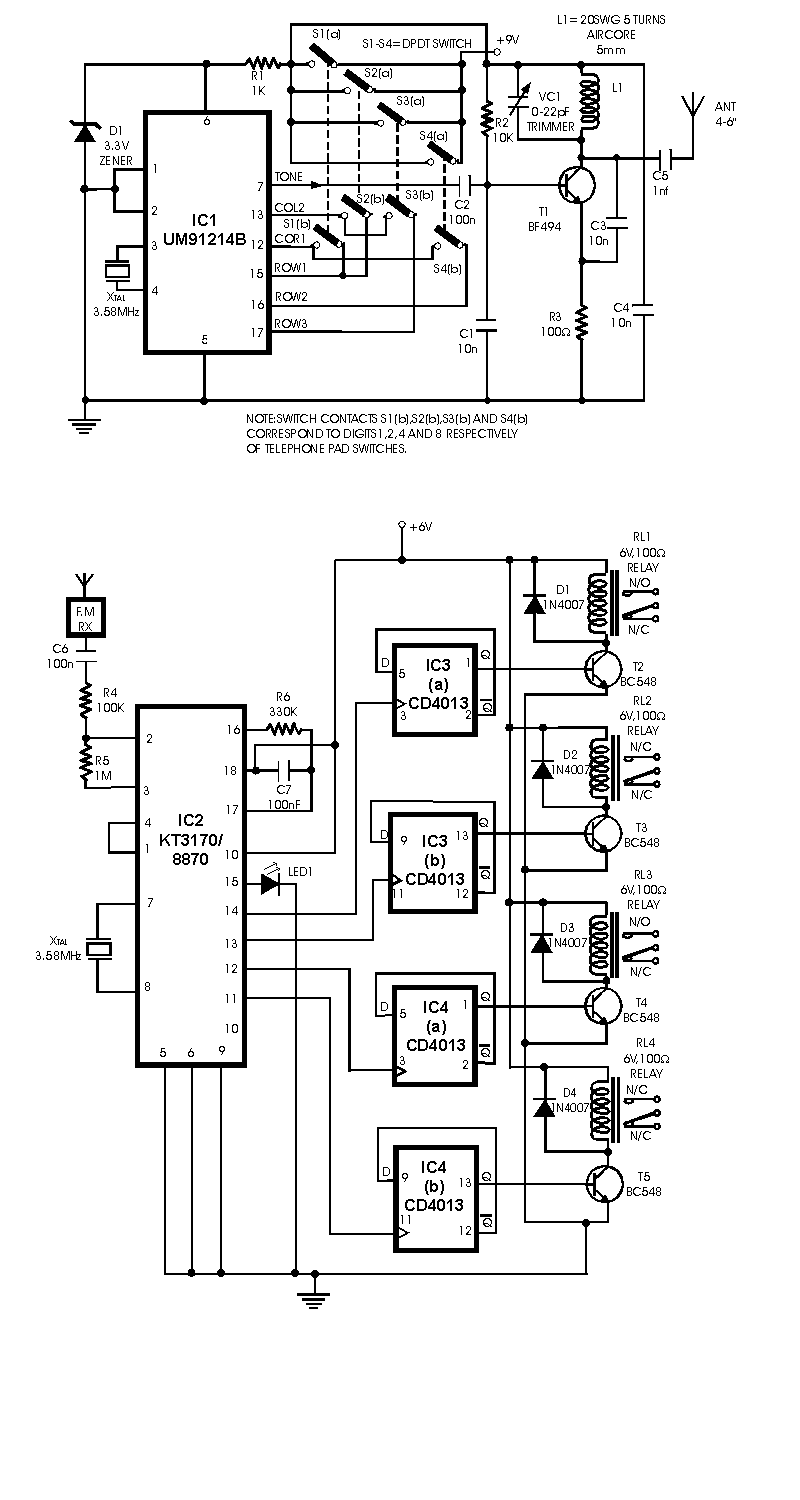
Crystal Radio
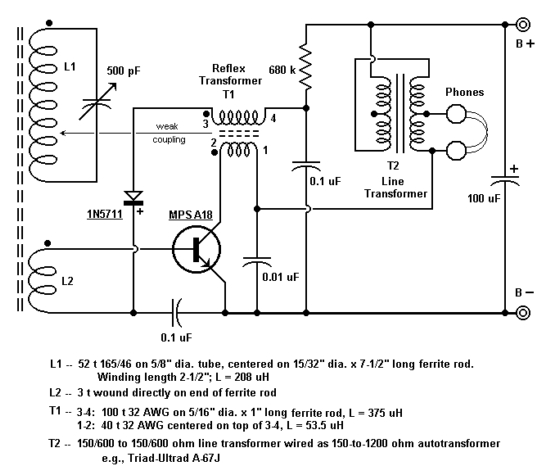
The Birmingham, Alabama Crystal Radio Group website serves as the host for the crystal radio receiving contest. This page provides information about the group and its activities related to crystal sets, including details about the 2008 contest radios.
The Birmingham, Alabama Crystal Radio Group focuses on promoting interest and participation in crystal radio technology through various activities and competitions. The group organizes an annual contest where participants showcase their crystal radios, which are simple yet fascinating devices that operate without the need for external power sources. These radios rely on the principles of radio wave reception and demodulation, utilizing a crystal detector to convert radio signals into audible sound.
The design of a crystal radio typically includes essential components such as an antenna, a tuning coil, a crystal detector (often a mineral like galena), and headphones or a speaker for audio output. The antenna captures radio waves, which are then tuned by adjusting the coil to select the desired frequency. The crystal detector rectifies the radio signal, allowing it to be heard through the headphones.
In the context of the 2008 contest, participants likely showcased a variety of innovative designs and configurations, emphasizing creativity and technical skill. Each entry would have been evaluated based on criteria such as reception quality, originality, and overall craftsmanship. The contest not only fosters a sense of community among enthusiasts but also serves as an educational platform for those interested in the principles of radio technology and electronics.Welcome to the Birmingham, Alabama Crystal Radio Group website. We are the host of the crystal radio receiving contest.This page contains a little information about us and our crystal set activities. Here are some of the 2008 contest radios, first page. .. 🔗 External reference
The Birmingham, Alabama Crystal Radio Group focuses on promoting interest and participation in crystal radio technology through various activities and competitions. The group organizes an annual contest where participants showcase their crystal radios, which are simple yet fascinating devices that operate without the need for external power sources. These radios rely on the principles of radio wave reception and demodulation, utilizing a crystal detector to convert radio signals into audible sound.
The design of a crystal radio typically includes essential components such as an antenna, a tuning coil, a crystal detector (often a mineral like galena), and headphones or a speaker for audio output. The antenna captures radio waves, which are then tuned by adjusting the coil to select the desired frequency. The crystal detector rectifies the radio signal, allowing it to be heard through the headphones.
In the context of the 2008 contest, participants likely showcased a variety of innovative designs and configurations, emphasizing creativity and technical skill. Each entry would have been evaluated based on criteria such as reception quality, originality, and overall craftsmanship. The contest not only fosters a sense of community among enthusiasts but also serves as an educational platform for those interested in the principles of radio technology and electronics.Welcome to the Birmingham, Alabama Crystal Radio Group website. We are the host of the crystal radio receiving contest.This page contains a little information about us and our crystal set activities. Here are some of the 2008 contest radios, first page. .. 🔗 External reference
